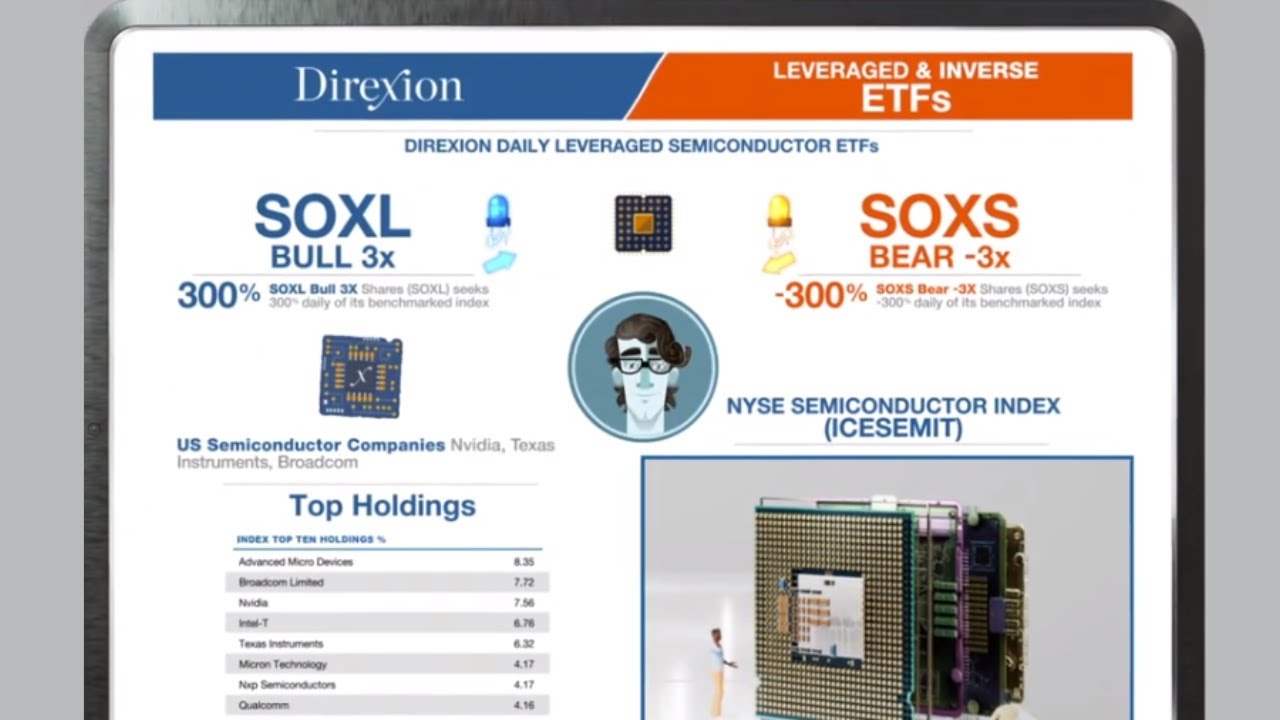“It’s wise to remember that too much success in the stock market is in itself an excellent warning,” once quipped Gerald Loeb. After nine consecutive yearly gains, it’s fair to say that our generation has enjoyed more than its fair share of stock market success.
But someday very soon, a stock market correction will happen. Why do I say “soon”? Because like an earthquake, the longer it’s been since the last tremor, the sooner the next one is coming. And when the next market correct happens, chaos will ensue. It’s guaranteed. Why? Because human nature, despite great technological advancements, remains largely unchanged. Stock prices are shaped by the market’s psychology and when psychology goes bonkers, share prices follow.
Falling markets have the tendency of amplifying human mistakes. For example, a 10% decline can easily turn into losses that are double that amount or more because people get stuck owning the wrong stuff at the wrong time. Moreover, these mistakes are compounded by ill-timed decisions. By the way, these same mistakes also occur during rising markets. But they go unnoticed and are largely masqueraded by rising prices.
During a market correction, the empty advice given to the investing public by famous pundits is usually the same hogwash: “Stay the course!” or “Don’t panic!” Much of this advice is rooted in the long-held belief that any future market correction will be a replica of the past – painful but brief. The truth is nobody knows the duration of the next market correction or how deep it will be.
I believe preparing the investing public ahead of the next market correction is far more useful work than time spent trying to accurately pinpoint the very minute when it will happen. Predicting a rain storm is of little value without rain gear and an umbrella!
Here’s your checklist of must-have items ahead of the next market correction:
Always and only invest with a “margin of safety”
The idea of investing with a “margin of safety” (MOS) was first espoused in modern finance by the legendary professor and economist Benjamin Graham in 1950 in his first edition of The Intelligent Investor. While Graham applied this strategy to how an investor should buy individual securities, the “margin of safety” concept has a wider application to how a person manages their overall investments.
In the context of portfolio management, MOS represents that capital that a person earmarks for zero chance of loss, 100% liquidity, and absolutely no market volatility. For those who lament this low risk proposition, the entire point of MOS is strictly capital safety, not capital growth. It’s exclusive purpose is to provide a cushion.
It’s important to mention that bonds (NYSEARCA:BND) and precious metals (NYSEARCA:GLTR) like gold (NYSEARCA:GLD) and silver (NYSEARA:SLV) do not qualify as “margin of safety” assets. Why? Because bonds and precious metals can and do lose value. Plus, they are subject to daily volatility and in some cases – especially for individual bonds and physically held metals – are not very liquid.
People that invest without an adequate MOS aren’t just risky money. They’re also risking their very lives! A recent study by researchers at Northwestern University showed the chances of premature death jump by 50% when people suffer a wealth shock. Put another way, if you want to immediately reduce your life expectancy, go ahead and invest without an MOS!
How much of my money should be allocated to my MOS bucket? This is a common question I get. For that reason, I invented the “Margin of Safety Worksheet” (available to online students of Build, Grow, and Protect Your Money) to help people calculate the correct dollar or percentage figure for their unique situation.
Always and only invest with an IPS
An “IPS” is an acronym for “Investment Policy Statement.” It’s a written document that outlines important matters like your risk limits, time horizon, asset mix, and overall investment goals.
Investing without an IPS is like going to war without a war plan. It’s been said that “he or she who fails to plan should plan to fail.” Similarly, your written IPS keeps you grounded and disciplined. While it hardly guarantees that you won’t do something dumb during a market correction, it’ll reduce the odds.
An IPS is different from a financial plan. The latter is more broadly focused on not just investments, but related matters like calculating retirement income needs/sources, hedging long-term care costs, life insurance, taxes, and other financial matters that require your attention. An IPS can and should be used in conjunction with your financial plan.
Where do you obtain an IPS? If you’re working with a financial advisor, they should’ve provided you with one and if they haven’t, it should concern you. For do-it-yourself investors, the online class Build, Grow, and Protect Your Money offers a template IPS.
Portfolio Report Card
One final tool is the Portfolio Report Card (PRC) developed by ETFguide. The PRC is a one-page report that analyzes and grades a portfolio in five key areas: cost, diversification, risk, tax-efficiency, and performance. If your final PRC grade isn’t an “A” or “B,” it’s a sign your investments may have hidden problems that you’ve missed. Of course, the best time to fix these problems is ahead of a market correction, not during or after it.
Summary
Beyond the checklist offered in this article, investors have many other wonderful financial tools – like inverse performing ETFs – at their disposal. These types of funds are designed to increase in value when stocks fall. (Be sure to get quarterly updates to our leveraged and inverse ETF Guide.)
While inverse ETFs are sometimes demonized in the media or by hopeless financial dogmatics, these types of funds are OK to use within the context of a person’s non-core investment portfolio. Instead of watching the market correction from the sidelines, inverse ETFs give investors and traders a chance to profit from the downturn.



